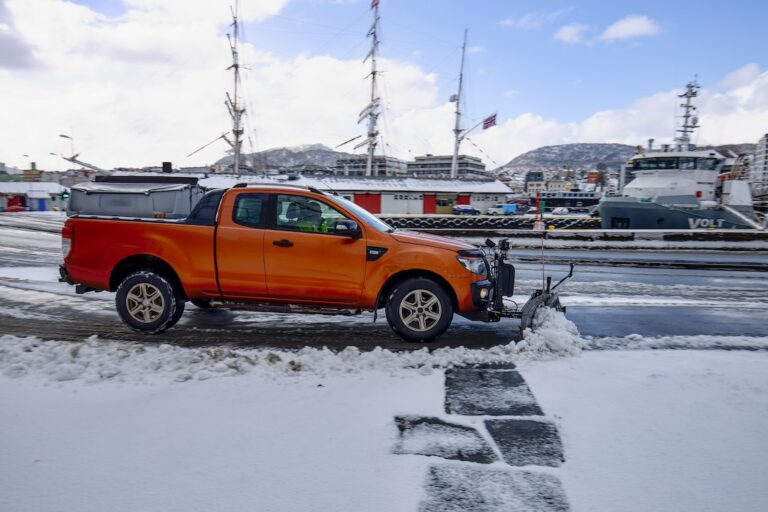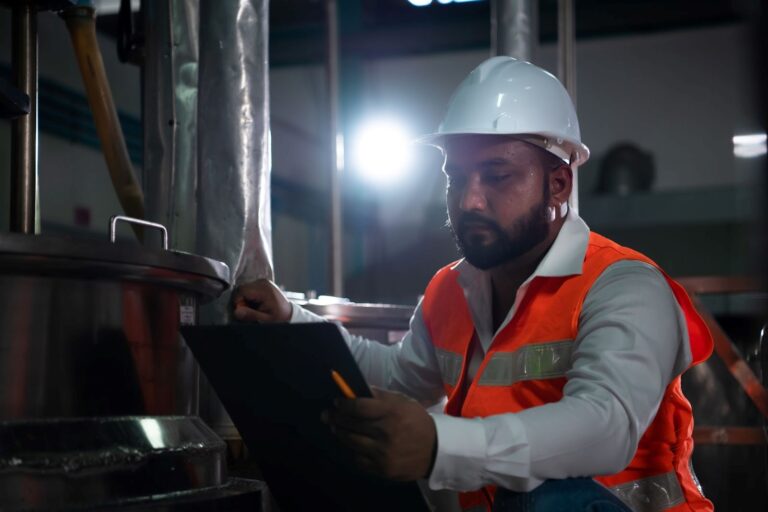4 Things To Know About CIPP Lining Cost And Pipe Requirements
An establishment requires sewer pipes to redirect the flow of unsanitary water away from the area. If the pipes themselves are damaged and leaking, it’s a problem that immediately requires a solution.
For sanitary reasons, schools, hospitals, hotels, and restaurants need cured-in-place pipe (CIPP) lining in good working order. Businesses wanting to establish these structures must know how much they cost and the requirements necessary to acquire and place them at the location.
- The Cost Of CIPP Lining
CIPP lining, also known as epoxy pipe lining or pipelining, ranges from USD$80 to USD$250 per linear foot. The varying costs depend on different factors, such as:
- The condition of the pipes
- How easy or challenging the navigation was
- How much cleaning does it need
- Pipe accessibility
The total cost is also determined by how much linear piping was replaced. Placement of pipes cost a total of USD$4,950 for a line measuring at 30 feet, costing USD$165.
Not only is it more affordable, but CIPP lining also comes with several benefits that make it superior to other pipe rehabilitation methods.
The application of epoxy resins in water pipes is cost-effective and can save homeowners up to 40% compared to conventional labor in digging and replacement.
Furthermore, there’s no need to dig up trenches. The contractors don’t need to dig holes in the floor. At best, CIPP lining rehabilitation is also environment-friendly because no waste production requires recycling or disposal. The manufacturing of the resin also doesn’t produce any carbon emissions.
- Pipe Size And Condition
Companies also tend to charge depending on the pipes’ size, shape, and condition. Smaller pipes are harder to work with and could factor in the higher cost of repairs. Some services will charge more to rehabilitate two-inch pipes, but it’s more common for larger pipes to cost more to repair because they involve more materials.
Other than the size, the shape could also be the reason for the price. If the pipes have many bends, contractors may have no choice but to create new access points. There are structural pipes that go around 45- or 90-degree turns. But liners tend to get entangled if there are too many bends. Creating another access point increases the charge.
Another factor affecting the cost is the structural issue that needs to be remedied. If the water is flowing towards your home or the pipe has collapsed, contractors will need to dig them up to repair them. The labor adds to the cost. It should be noted that the condition doesn’t determine the cost of the work but whether the repair needs trenchless methods or not.
- Suitable Pipes For CIPP
CIPP is a flexible method for pipeline repairs and is also another way of cutting costs on house remodeling when the plumbing needs work. It’s also versatile because it’s best for many pipes in shapes and sizes. But the rehabilitation method is still effective in certain types of lines and is likely to give you the best results.
While CIPP lining applies to various diameter sizes, the length of the pipes is a different issue. The fibers inside can absorb resin that transforms into the new base, turning into the preferred necessary length. It helps avoid digging up trenches inside the building.
But, CIPP works excellently with longer pipes, and there’s no need to ruin the interior of a structure or the landscaping of an area. Creating short access points is more accessible, and it works better with longer pipes.
- Duration Of Curing
Damaged pipes cause disruption in the home or place of business. The backflow of water or leaking sewage could also contribute to the pipe deterioration. Once the line breaks, there’s a likelihood that contaminants could pollute the surrounding environment, including local waterways. If you wait too long to have the pipes repaired, you and the rest of the community could suffer the consequences.
Compared to other methods, CIPP lining doesn’t take long to do. Your piping system must become usable within the day to continue business operations or proceed with tasks at home. Traditionally, it takes up to five days to repair pipes. But with CIPP lining, lines are restored within 60 minutes as soon as they’re placed, and the curing process starts.
In Conclusion
CIPP is an effective and affordable method of rehabilitating damaged pipes. The application of epoxy in the lining of tubes makes it easier to seal off cracks and holes, thus avoiding the need to dig up trenches and change the entire pipelines. It helps businesses avoid expensive services while solving pipeline problems faster and safer for the workers and the environment.





